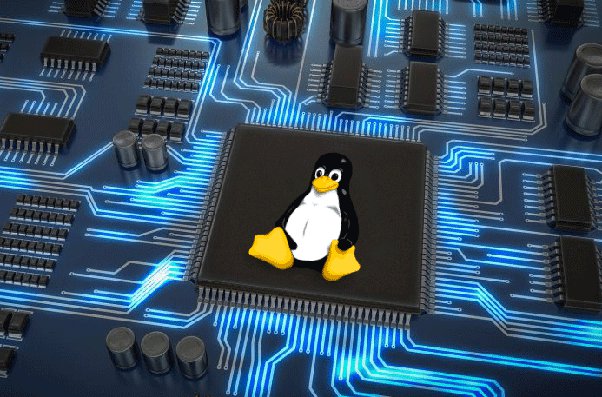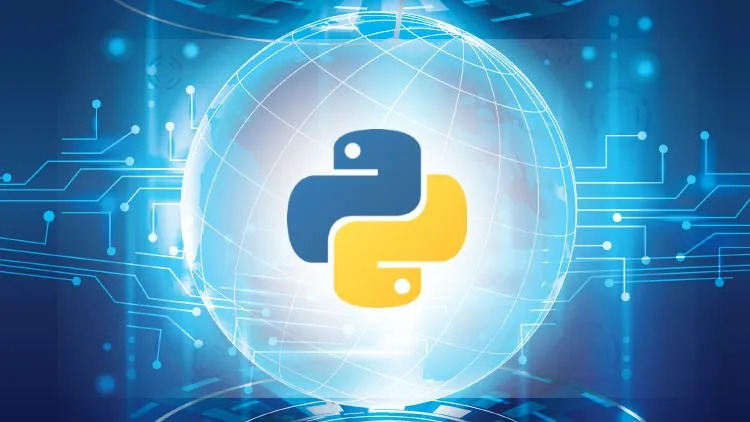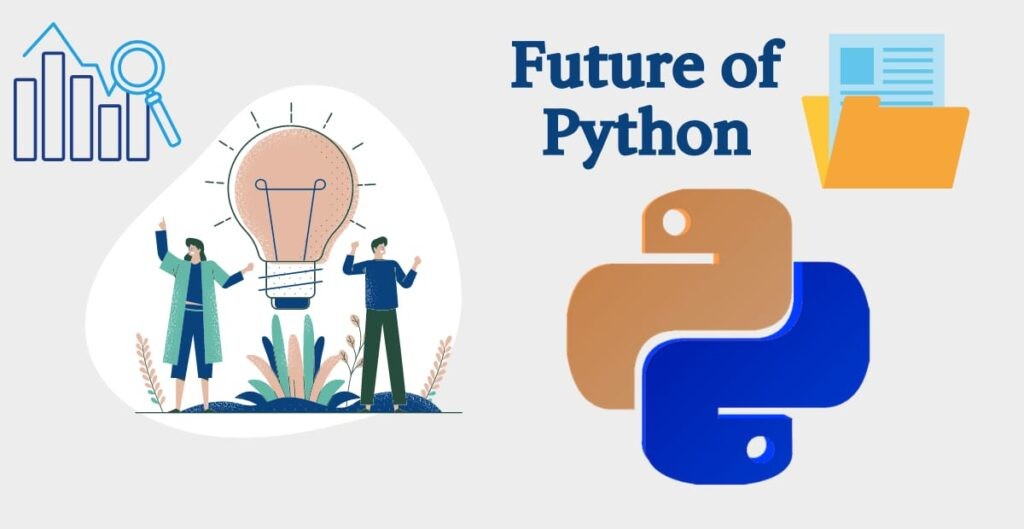
For constructing embedded devices, Python stands out as the optimal selection for software developers. Python has consistently held the top position in the programming language ranking, excelling in web, enterprise, and embedded systems applications. The language’s widespread preference can be attributed to its user-friendly nature. Leveraging Python to convey messages from embedded devices empowers end-users to streamline and automate various tasks.
The landscape of embedded systems is undergoing a revolutionary shift, and at the forefront of this evolution is Python, the versatile programming language. As industries embrace the demand for smarter, more interconnected devices, Python emerges as a game-changer, influencing the design and functionality of embedded systems.
Embark on a journey through the blog that delves into Python’s pivotal role in shaping the evolution of embedded systems and uncovering how Python in Embedded Systems not only simplifies embedded device development but also empowers enhanced control, debugging, and automated testing for a seamless user experience.
Unlocking Efficiency: Python’s Edge in Embedded Systems
Automated Testing for Embedded Devices
Real-Time Embedded Python proves to be a powerful tool for creating automated tests tailored to various states and configurations of embedded devices. Python scripts can be used to systematically evaluate how different combinations and permutations interact with the external environment. Through continuous automated testing, potential issues are proactively addressed, and the system remains vigilant in identifying and rectifying bugs as they arise.
Python’s Adaptability:
Python’s syntax and dynamic nature make it adaptable to a wide range of applications. In the embedded systems realm, this adaptability translates into flexibility, enabling developers to seamlessly integrate Python into diverse hardware architectures.
Streamlined Coding Process:
While C/C++ boasts runtime efficiency, Python emerges as a more efficient alternative for embedded systems. The complexity and time consumption associated with coding in C/C++ are mitigated by Python’s readability and quick coding capabilities.
Eliminating Cross-Compiling Hassles:
In Python, the embedded system landscape becomes more user-friendly. Unlike C/C++, Python eradicates the need for spending time cross-compiling codes, offering a smoother development experience.
Overcoming Language Limitations:
Java, known for its GUI challenges and unsuitability for real-time systems, pales in comparison to Python’s versatility. Python’s runtime errors, easily tackled through rigorous testing, position it as a superior choice in the embedded systems arena.
Python emerges as a language that provides developers the flexibility to craft scripts facilitating the control and enhancement of user interfaces. This capability is particularly valuable in debugging processes and ensuring optimal device performance.
Efficiency and Productivity:
Python’s readability and concise syntax contribute to increased development efficiency. The language empowers embedded systems engineers to write clear and efficient code, reducing development time without compromising on functionality.

Python and Real-Time Operating Systems (RTOS):
Real-Time Responsiveness:
In the realm of embedded systems, prompt response times are critical. Despite initial criticism for its alleged lack of real-time functionality, Python has come a long way. Python is starting to look like a good choice for real-time embedded applications with the inclusion of MicroPython and other technologies.
RTOS Compatibility:
Python’s adaptability extends to compatibility with various RTOS, enhancing its real-time capabilities. This compatibility fosters the development of responsive and efficient embedded systems, meeting the demands of modern applications.
Python’s Influence on Embedded Hardware:
Low-Level Hardware Interaction:
Although Python has always been seen as a high-level language, new developments have made it more closely related to hardware. Developers may now connect with low-level hardware and fully utilize embedded devices thanks to frameworks like CircuitPython and MicroPython.
Hardware Abstraction Layers (HAL):
Python facilitates the creation of hardware abstraction layers, simplifying hardware interaction. This abstraction enables developers to write portable code, fostering a modular approach to embedded system design.

IoT Revolution: Python as the Driving Force
Interconnected Systems:
The Internet of Things (IoT) relies on the seamless integration of devices, and Python emerges as a frontrunner in enabling this interconnectedness. Its simplicity and extensive libraries make it an ideal choice for developing IoT applications that communicate effortlessly across devices.
Edge Computing Capabilities:
Python’s lightweight nature and scalability make it well-suited for edge computing in IoT. By processing data locally on edge devices, Python for Edge Computing enhances the efficiency of IoT systems, reducing latency and bandwidth requirements.
Debugging and Device Management
During the development of embedded software, developers face the ongoing task of monitoring bus traffic, including USB, SPI, and others. Mere analysis of this traffic is insufficient; it is crucial to control messages sent across the embedded system network to ensure a user-friendly final output.
While C/C++ boasts commendable runtime efficiency, the intricacies of these languages can be time-consuming during coding. Python Programming, on the other hand, stands out with its superior readability and quicker coding, eliminating the need for time-intensive cross-compilation in embedded systems, a common requirement in C/C++ environments. Unlike Java, which may raise performance concerns, especially with GUI integration, and is unsuitable for real-time systems, Python offers a balanced solution.
In comparison to JavaScript’s suboptimal runtime efficiency and Ada’s steep learning curve, Python maintains its edge. Despite the potential for runtime errors in Python, a strategic approach involving extensive testing can easily mitigate such issues. For aspiring developers, a Automation in Embedded Systems course becomes a valuable investment due to its simplicity and usability, ensuring a smoother journey into the realm of embedded systems development.
Embarking on a Python Programming Journey
Versatility Beyond Boundaries:
Python’s wide applications, simplicity, and object-oriented nature make it a standout choice. Its user-friendliness surpasses that of Java, C, or C++, making Python certification courses a strategic investment for developers.
Diverse Career Opportunities:
Python’s influence extends beyond the CS and IT domains; it resonates in mechanical engineering and the automotive industry. Mastering Python opens avenues for projects in machine learning and data science, reinforcing the case for choosing a Python programming course.
Launching Your Python Career:
For those aspiring to be developers, a Python certification course is the gateway. Embrace the ease of learning and using Python, setting the stage for a flourishing career as a Python developer. The journey begins with Python, a language that transcends boundaries and opens doors to diverse possibilities.
Looking Ahead:
As Python continues to evolve, the future of embedded systems looks promising. Ongoing efforts to optimize Python for embedded applications, coupled with the language’s inherent strengths, position it as a key player in shaping the next generation of smart and interconnected devices.
In the dynamic realm of embedded systems, Python is proving to be a catalyst for innovation. From real-time responsiveness to hardware abstraction and IoT integration, Python’s influence is pervasive. As the upward trend continues, developers and engineers can leverage Python’s strengths to create sophisticated, efficient, and interconnected embedded systems, driving the evolution of technology into new frontiers. The journey is exciting, and Python is undeniably a guiding force in this transformative era of embedded systems.

Unveiling Python’s Influence on Embedded Systems
We’ve delved into the intricate world of embedded systems, unraveling the profound impact of Python programming. We explored not only the challenges posed by alternatives like C/C++, Java, and JavaScript but also the inherent advantages that make Python an unrivaled choice in this domain. From enhanced readability to streamlined coding, Python eliminates the complexities associated with other languages, offering a seamless development experience.
If your curiosity is piqued and you’re eager to further explore Python’s role in embedded systems, look no further. VAct Technologies presents a cutting-edge Python in Embedded Systems training program, providing in-depth insights into tools such as CANoe and CanAnalyzer. Our training encompasses a comprehensive overview of Python programming, coupled with hands-on experience using industry-standard VAct Customized STM32 Development Boards, trusted by top automotive clients. Seize the opportunity to elevate your skills and understanding in the dynamic realm of embedded systems with VAct Technologies.
